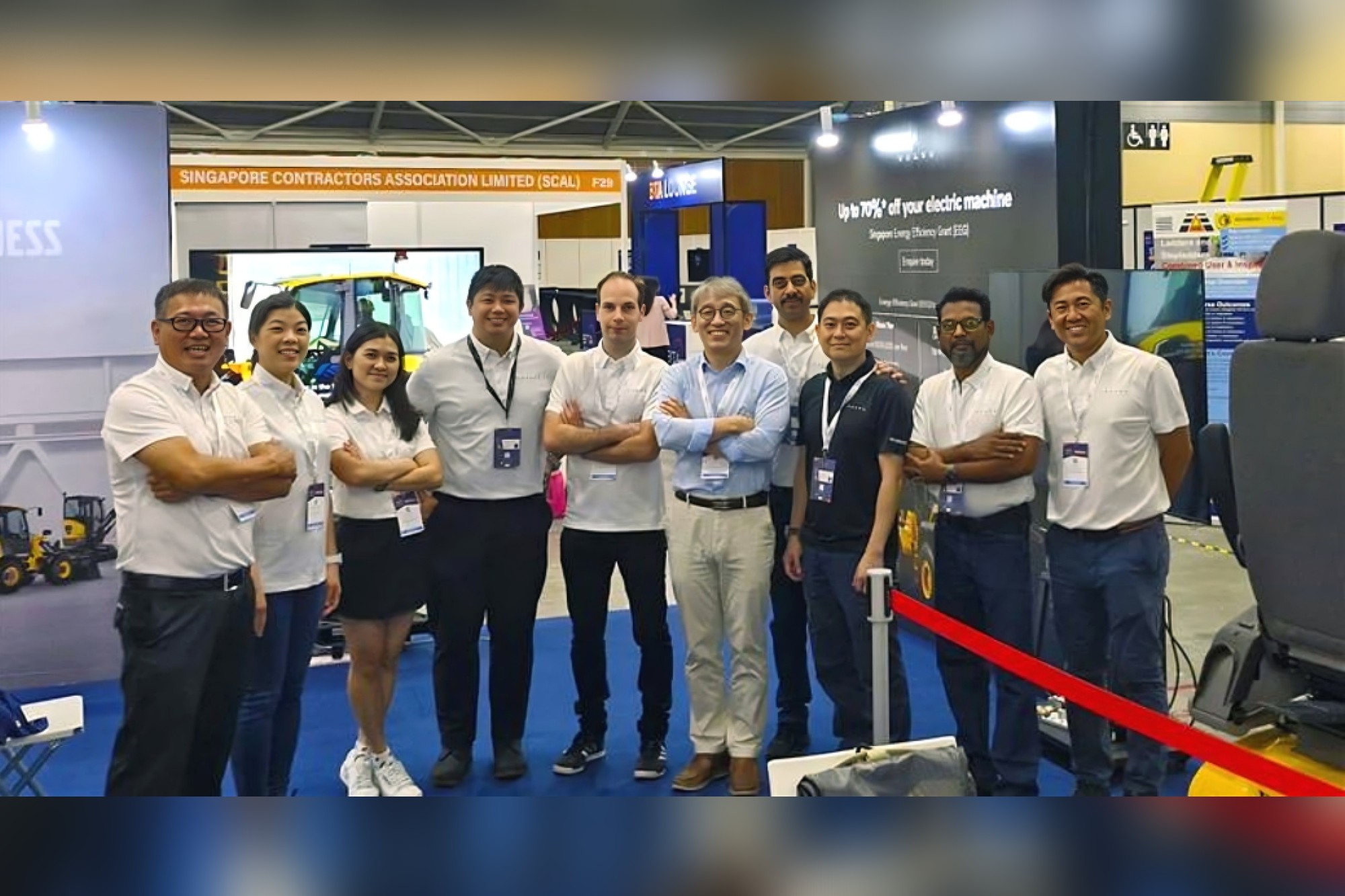GHHL installs first 200-metre flare with the Terex CC 8800-1 crane
By Edit Team | July 2, 2015 12:07 pm SHARE

High capacity crawler crane delivers efficient transport, set-up and configuration changes
A country rich with oil, the Kingdom of Saudi Arabia has unique equipment needs when it comes to the oil industry. Lifting and heavy hauling companies like Gulf Haulage Heavy Lift (GHHL), Dammam, Kingdom of Saudi Arabia (K.S.A.), must be ready to quickly respond to projects demanding the specialised equipment necessary to build and repair oil refineries, critical to K.S.A.’s economy.
Changing environmental regulation updates further complicate business practices by changing the design parameters of refining equipment, so lifting companies must have flexible equipment in their fleets in order to adapt to these evolving needs. For example, the Saudi Arabian Government’s environmental improvement program recently increased the height standards for flare stacks used to burn off flammable gas generated by the oil refining process.
Saudi Aramaco was the first oil company to install a flare stack at its Yanbu, K.S.A. facility under these new environmental guidelines. The structure installed was constructed to a height of 200 metres. With stack structure segments weighing from 21 to 104 tonnes, GHHL was hired to provide the heavy lifting. The combination of structure weight and height and difficult site conditions meant that only one crane in GHHL’s fleets was the right choice to efficiently complete the job on time and within budget, the Terex CC 8800-1.
Challenging project
The sheer size and weight of structure segments made the construction project difficult enough. However, the Yanbu refinery’s location, nearby the Red Sea, severely limited the time crews had to complete each lift.
“Every day at approximately 11:00 hours winds would increase from a light breeze of 2 m/s to sustained gusts reaching 16 m/s, and this would sometimes continue all afternoon and evening,” explained Sanjay Pachisia, General Manager of GHHL. This was well outside the project’s permissible lift wind speed levels, which ranged from 4.1 m/s to 7.1 m/s, depending on which flare section was being positioned.
The project also required a low ground bearing pressure of 12 t/m2 for constructing the crane’s boom configurations and lifting the flare stack. “The CC 8800-1 crawler crane has 2- metre wide tracks and offers a wide 10.5- metre stance to help disburse the weight over a wide area for heavy lift projects,” says Christian Kassner, Senior Sales Manager for Terex Cranes. A wide crawler stance plus the use of heavy-duty, 5-metre-long x 2.8- metre-wide x 0.36- metre-thick thick steel matting helped GHHL’s operators meet the project’s ground pressure requirements for the crane.
Boom strategy saves time
With the site challenges and flare section size and weight known, GHHL prepared and mobilised the CC 8800-1 crane components for the nearly 1,400 km trip from its Dammam headquarters to the Yanbu project site. “To move the crane, we used 7 heavy duty trailers, 12 low-bed trailers and 40 flat-bed trailers with 12- metre deck lengths,” says Pachisia. Designed and built as a series, the 1,600-tonne capacity Terex CC 8800-1 crane has a standardised production process, so that transportation, rigging and maintenance ease are built into each crane.
Once on site, GHHL’s five-person rigging crew began crane assembly. For the first lift, which placed the third-level flare segment 100.3- metre above ground level, the CC 8800-1 was equipped with 108 metres of main boom and its superlift system to hoist the 104 tonne section into place.
For the second and third lifts, which placed the level four segment and level five structure into position, crews simply reconfigured the crane by adding its luffing jib on the main boom.
The final three lifts for flare structure levels six through eight required one final configuration change. In addition to the main boom, crews used the luffing jib– configured to the maximum boom length of 216 m (708 ft) – and available Runner Winch, so they would have the necessary height and control to place these segments.
In all, the Yanbu Aramco Sinopec Refinery Project required just 11 working days to complete the six complex lifts to finish placing the flare stack segments. Once completed, crews disassembled the CC 8800-1 crane and mobilised it back to GHHL’s Dammam facility, a process that took approximately 10 days.
Cookie Consent
We use cookies to personalize your experience. By continuing to visit this website you agree to our Terms & Conditions, Privacy Policy and Cookie Policy.





















































